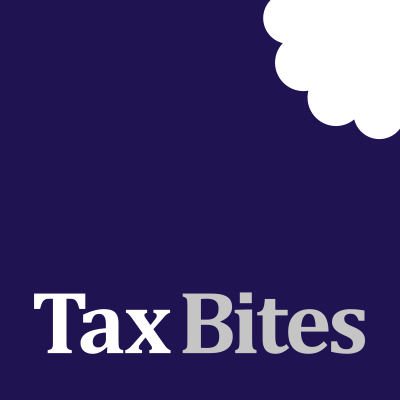
Avoid the 15% SDLT trap!
12th September 2022
Posted in Articles, Stamp Duty, Stamp Duty Land Tax by Andrew Marr
The issue
Since 2012 there has been a punitive 15% flat rate of SDLT on the acquisition of certain properties by companies. Broadly this legislation was introduced as a deterrent against residential properties being ‘enveloped’ into companies by the occupiers. The objection was that once a property was put into a company then the company could be sold in the future, triggering only 0.5% of stamp duty (and 0% if the company is offshore). Generally, the 15% rate will apply to property acquisitions over £500,000 by companies when there is some occupation by the owner or their wider family. It’s not all bad news as there are various exceptions where the 15% rate will not apply.
A common exception is where the company is buying the dwelling exclusively for the purpose of it ‘being a source of rents in the course of a property rental business run on a commercial basis and with a view to profit, whether with or without prior development or redevelopment’. Therefore, prima facie, a property acquired for a genuine property business will be exempt from charge. However, we need to be careful not to be caught by any “non-qualifying individuals” who will occupy the property. If any such people will occupy the property, then the exception will not apply and the 15% charge will stand.
A “non-qualifying individual” is somebody who directly or indirectly controls the company or whose close relatives do. It also includes any spouse or close relative of any such persons, any spouse of any such close relatives and any close relatives of such mentioned spouse. Therefore, the network of people who can invalidate the exception is potentially huge! But it gets worse because there is also a clawback provision…..
Clawback
If the 15% charge is not applied to a property acquired for rental and then within three years a “non-qualifying individual” occupies the property then SDLT must be topped up to 15% through a clawback mechanism.
Example
Ross’s company buys a rental property for £600,000 on 8 September 2022 and SDLT of £38,000 (effective rate of 6.33%) is paid on the basis that the property will be used as a genuine rental business and no “non-qualifying individuals” will occupy it. On 1 October 2023 Ross’s letting agent oversees the letting of this property to a Mrs Pemberley. Unfortunately, Mrs Pemberley turns out to be the daughter of Ross’s mother’s new husband and therefore there will be a clawback. The clawback will be £52,000 (£90,000 less £38,000) and it is payable 30 days from Mrs Pemberley’s occupation of the property. The fact that Mrs Pemberley is paying full market rent makes no difference.
Forbes Dawson view
The above example is an extreme case, but it does demonstrate that care should be taken in respect of residential property acquisitions by companies where the 15% rate was not applied at the outset. If the clawback point is not highlighted to the company’s shareholders then it is easy to see how the company could fall into a trap. The trivial favour of allowing one’s brother to stay in a vacant property for a week could have very expensive consequences.



